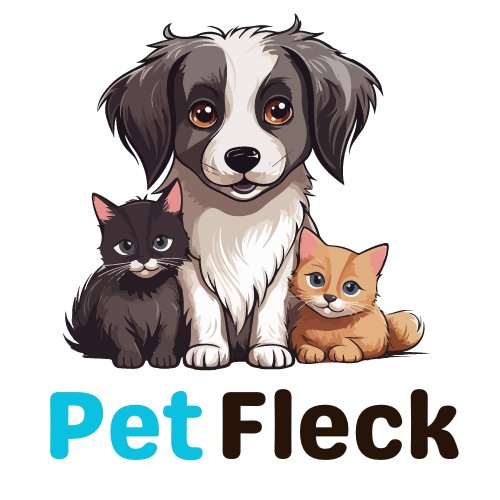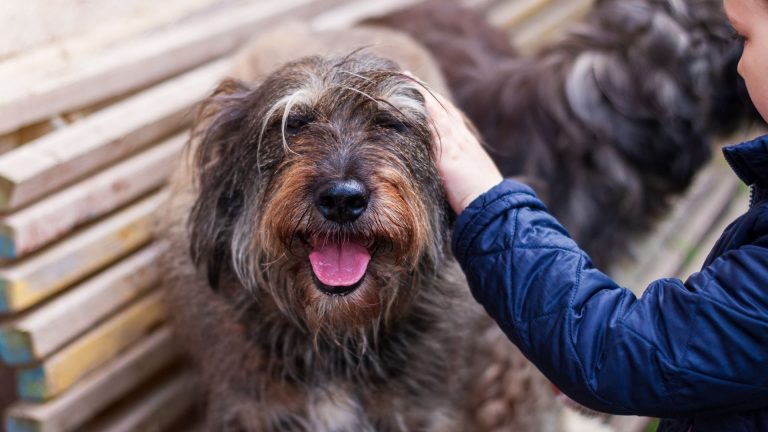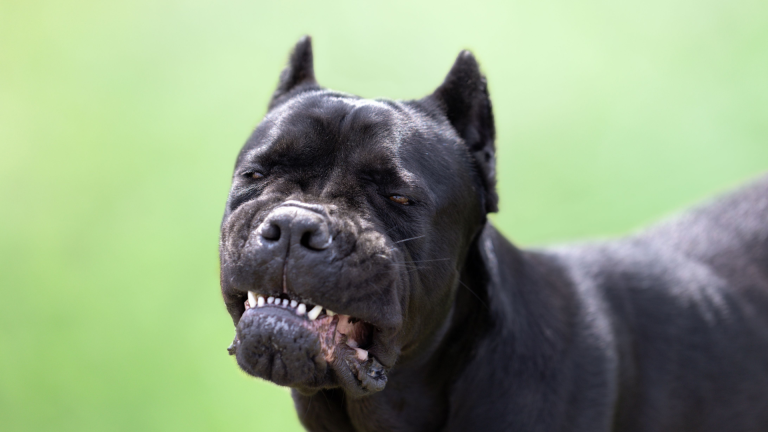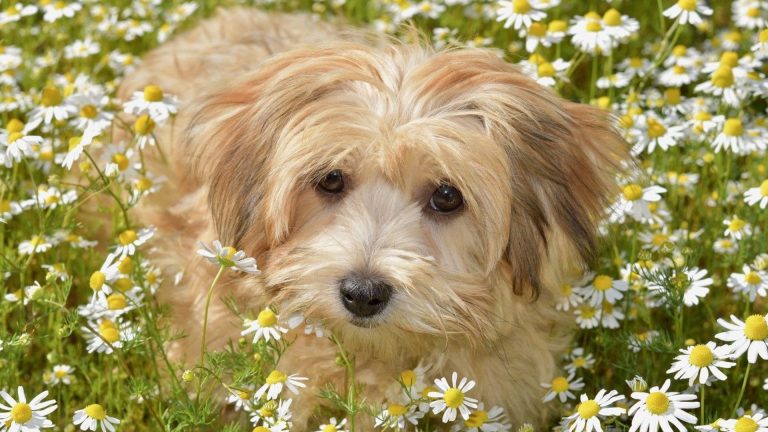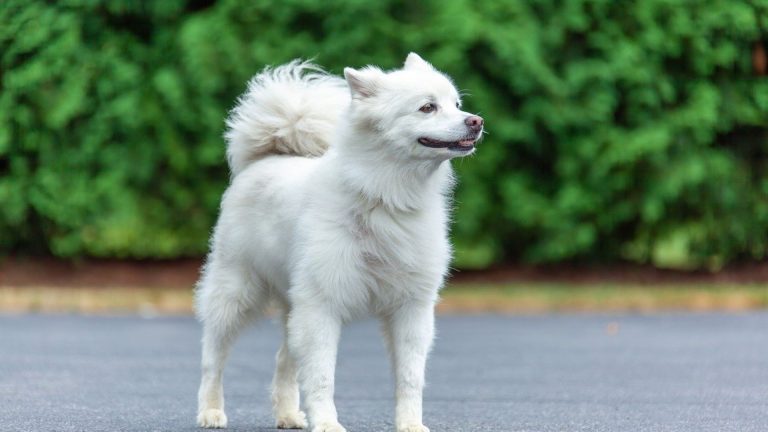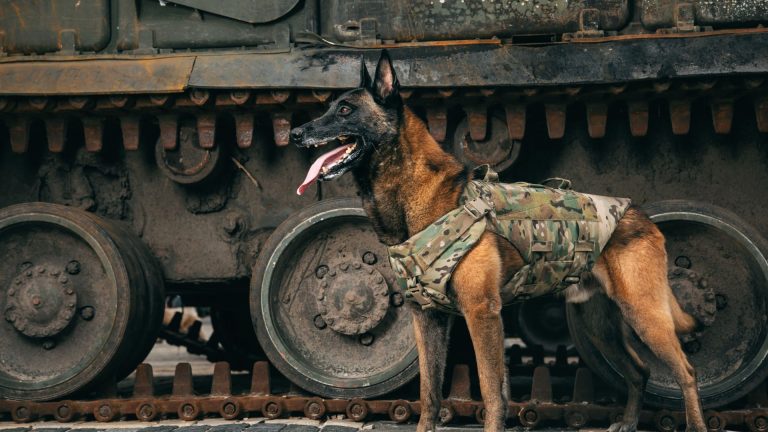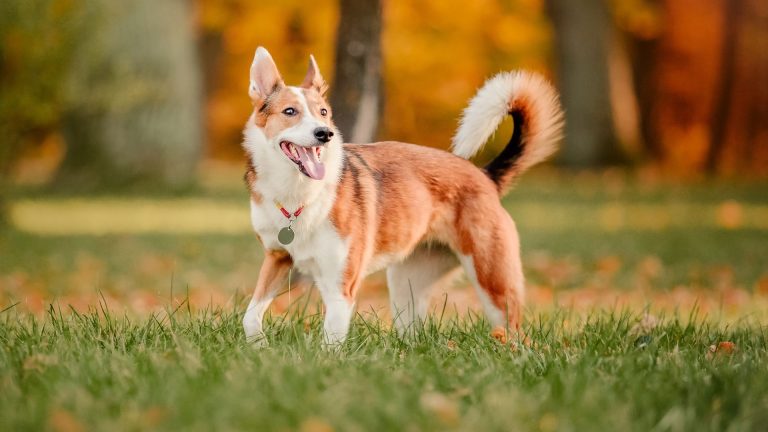
Contents
Dutch dog breeds are known for their unique characteristics and rich history. They come from the Netherlands and have distinct traits that make them special. Understanding these breeds helps dog lovers choose the right companion for their lifestyle.
Knowing the different Dutch dog breeds is important. Each breed has its own temperament, care needs, and history. This knowledge helps in making informed decisions about pet ownership. It also ensures that the dogs are well taken care of and happy in their homes.
This article will explore popular Dutch dog breeds. We will delve into their history, characteristics, and care requirements. The article will also provide health and care tips. Finally, we’ll guide you on choosing the right Dutch dog breed for your needs. Whether you are a first-time dog owner or an experienced one, this guide will be useful. Let’s dive into the fascinating world of Dutch dog breeds and discover what makes them unique.
History of Dutch Dog Breeds
Dutch dog breeds have a rich history, deeply rooted in the Netherlands’ culture and agricultural heritage. Many breeds originated centuries ago, serving various purposes such as hunting, herding, and guarding. For example, the Kooikerhondje was used to lure ducks into traps, a technique known as “decoying.” The Dutch Shepherd was essential for herding livestock, showcasing its versatility and intelligence.
During the Middle Ages, these dogs were integral to daily life, not just as working animals but also as companions. Their roles evolved with society’s changing needs, leading to the development of breeds with specialized skills. The Stabyhoun, for instance, became known for its hunting prowess and farm duties.
Selective breeding over time focused on enhancing desirable traits, resulting in dogs that excelled in specific roles. The Kooikerhondje, Dutch Shepherd, Stabyhoun, and Drentsche Patrijshond each developed unique characteristics suited to their tasks.
Today, these breeds are beloved pets worldwide, appreciated for their working abilities and loyal companionship. Understanding their origins and historical roles helps us appreciate their unique qualities. This historical journey underscores the importance of preserving Dutch dog breeds, honoring their legacy and contributions to society.
Popular Dutch Dog Breeds
Here are popular Dutch Dog Breeds:
Kooikerhondje
The Kooikerhondje is a small to medium-sized dog, standing between 14 to 16 inches tall at the shoulder and weighing between 20 to 24 pounds. This breed is easily recognizable by its distinctive coat, which is medium-length, slightly wavy, and predominantly white with patches of red or orange. The Kooikerhondje’s expressive eyes and well-feathered ears, often tipped with black, add to its charming appearance. Their tail is also well-feathered and carried in a slight curl, enhancing their elegant look.
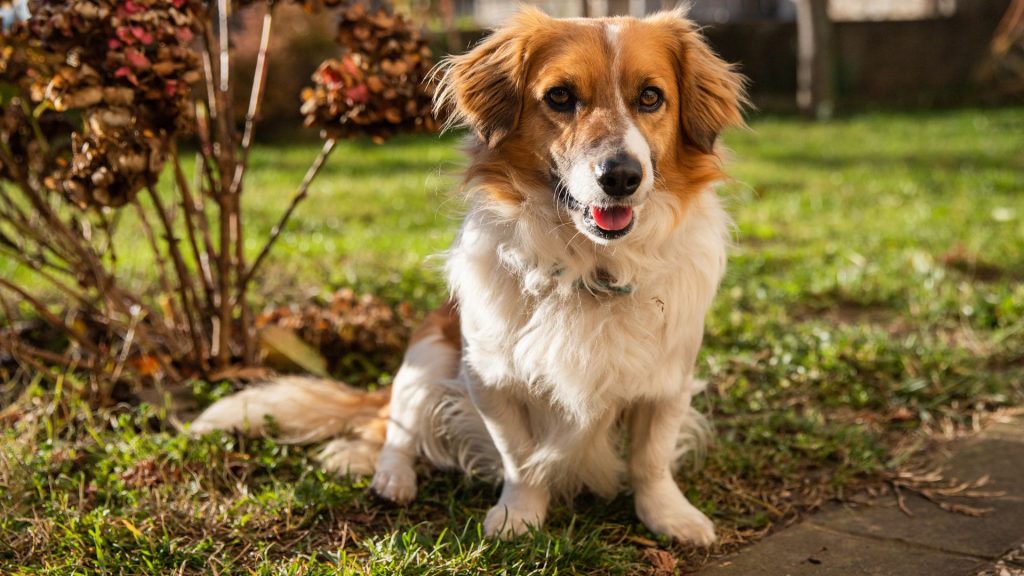
History and Origin
The Kooikerhondje has a long and storied history dating back to the 16th century in the Netherlands. Its name derives from the Dutch word “kooiker,” meaning “duck trapper,” and “hondje,” meaning “little dog.” These dogs were originally bred for duck hunting, specifically to lure ducks into traps, a method known as “decoying.” This technique was crucial for providing food and managing waterfowl populations in the marshlands.
During the 17th century, the Kooikerhondje gained popularity among Dutch nobility and was often depicted in paintings of the era. Despite its noble associations, the breed’s numbers dwindled by the mid-20th century due to changes in hunting practices and the advent of modern technology. However, dedicated breeders worked to revive the breed, and it has since regained its status as a cherished companion.
Temperament and Behavior
The Kooikerhondje is known for its friendly, intelligent, and lively nature. These dogs are affectionate with their families and form strong bonds with their owners. They are also known for their playful and energetic demeanor, making them great companions for active households. Kooikerhondjes are generally good with children and other pets, though early socialization is crucial to ensure they are well-adjusted.
Despite their friendly nature, Kooikerhondjes can be reserved or wary around strangers. This trait makes them excellent watchdogs, as they will alert their owners to any unusual activity. Their intelligence and eagerness to please make them highly trainable, but they can also be independent thinkers. Consistent, positive reinforcement training methods work best with this breed.
Care and Training Needs
Caring for a Kooikerhondje involves meeting their physical, mental, and emotional needs. Regular exercise is essential for this active breed. Daily walks, playtime in a secure yard, and engaging in activities like agility or obedience training can help keep them happy and healthy. Mental stimulation is equally important; puzzle toys and training sessions can prevent boredom and associated behavioral issues.
Grooming the Kooikerhondje is relatively straightforward. Their medium-length coat requires regular brushing to prevent matting and to remove loose hair. They are moderate shedders, so weekly brushing should suffice, with more frequent grooming during shedding seasons. Regular ear checks and cleaning are necessary to prevent infections, given their well-feathered ears.
Training a Kooikerhondje should start early. Puppy socialization classes can help them become well-mannered adults. Positive reinforcement techniques, such as treats and praise, are most effective. They respond well to training that challenges their intelligence and keeps them engaged. Consistency and patience are key, as they can be sensitive to harsh corrections.
In summary, the Kooikerhondje is a delightful and versatile breed with a rich history and endearing personality. With proper care, training, and socialization, these dogs make excellent companions for a variety of households. Their loyalty, intelligence, and charming looks continue to win the hearts of dog lovers worldwide.
Dutch Shepherd
The Dutch Shepherd is a versatile and robust herding dog. They stand between 21 to 24.5 inches tall at the shoulder and typically weigh between 42 to 75 pounds. This breed comes in three coat types: short, long, and rough-haired. Their coat colors are usually brindle, ranging from golden to silver. The Dutch Shepherd’s muscular build, combined with their alert expression and athletic posture, reflects their working heritage. Their ears are erect, and their tails are carried in a natural curve, adding to their alert and dynamic appearance.

History and Origin
The Dutch Shepherd originated in the Netherlands in the 19th century. Initially bred for herding sheep and other livestock, they were prized for their versatility, intelligence, and work ethic. Dutch farmers relied on these dogs not only for herding but also for guarding property, pulling carts, and acting as loyal companions.
The breed’s adaptability made it an indispensable asset on farms. However, as farming practices evolved and industrialization spread, the need for herding dogs declined. This led to a decrease in the breed’s population. Dedicated breeders and enthusiasts worked to preserve the Dutch Shepherd, ensuring its survival through careful breeding practices. Today, the breed is recognized for its versatility and is used in various roles, including police work, search and rescue, and competitive dog sports.
Temperament and Behavior
The Dutch Shepherd is known for its intelligence, loyalty, and high energy levels. They are highly trainable and excel in various dog sports and working roles. Their natural herding instincts make them excellent at tasks requiring quick thinking and responsiveness. Dutch Shepherds are also known for their strong protective instincts, making them effective watchdogs.
These dogs form strong bonds with their families and are known to be affectionate and playful with their owners. They are generally good with children and other pets, especially when socialized from a young age. However, their high energy levels and need for mental stimulation mean they require an active household. Without sufficient exercise and engagement, they can become bored and potentially develop behavioral issues.
Care and Training Needs
Caring for a Dutch Shepherd requires a commitment to their physical and mental well-being. Regular exercise is crucial for this active breed. They need daily walks, playtime, and opportunities to engage in activities like agility, obedience training, or herding trials. Mental stimulation through puzzle toys and training sessions is equally important to keep them engaged and happy.
Grooming needs vary depending on the coat type. Short-haired Dutch Shepherds require minimal grooming, with regular brushing to remove loose hair. Long-haired and rough-haired varieties need more frequent brushing to prevent matting and tangles. All coat types benefit from regular ear cleaning, nail trimming, and dental care.
Training a Dutch Shepherd should begin early. Positive reinforcement methods work best, as these dogs respond well to rewards and praise. Consistency and variety in training activities help maintain their interest and enthusiasm. Socialization from a young age ensures they are well-adjusted and comfortable in various environments.
In conclusion, the Dutch Shepherd is a remarkable breed known for its versatility, intelligence, and loyalty. With the right care, training, and environment, they make excellent companions for active families and individuals. Their rich history and enduring work ethic continue to make them a valuable and beloved breed worldwide.
Stabyhoun
The Stabyhoun, also known as Stabij, is a rare and versatile breed from the Netherlands. This medium-sized dog stands between 19 to 21 inches tall at the shoulder and weighs between 40 to 55 pounds. They have a distinctive appearance with their black and white, brown and white, or orange and white coats. The coat is long, sleek, and slightly wavy, providing protection in various weather conditions. Their expressive eyes are dark and almond-shaped, giving them a gentle and intelligent expression. The Stabyhoun’s ears are moderately long, covered with wavy hair, and their tails are well-feathered and carried gracefully.
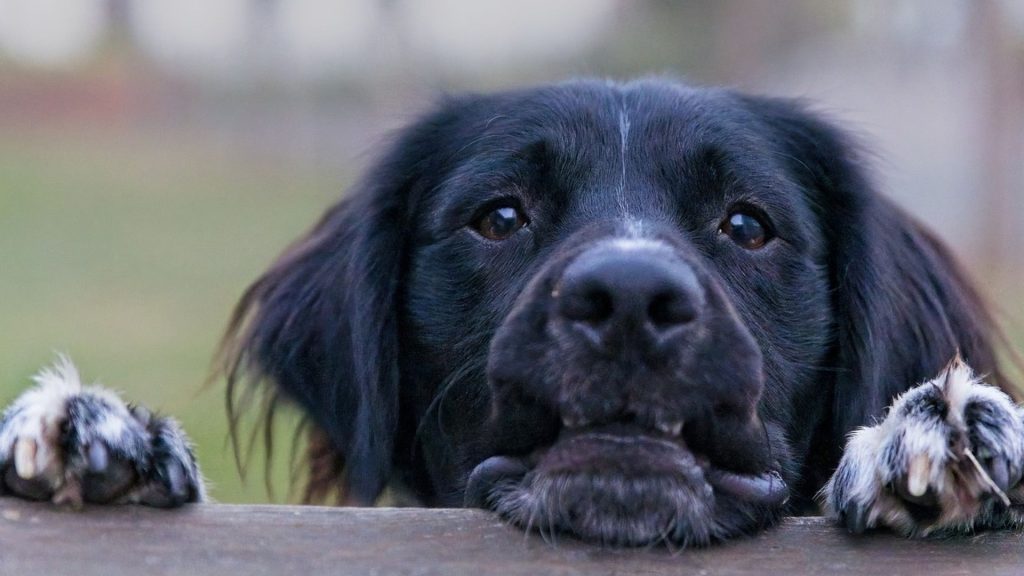
History and Origin
The Stabyhoun originates from the Friesland region in the Netherlands. The breed, which dates back to the early 19th century, primarily served as a versatile farm dog. The name Stabyhoun comes from the Dutch words “sta mij bij,” meaning “stand by me,” reflecting the breed’s loyal and reliable nature. Historically, people valued these dogs for their ability to hunt small game, retrieve, guard property, and even act as draft dogs.
The breed’s versatility and adaptability made it a favorite among Frisian farmers. However, by the mid-20th century, the Stabyhoun’s numbers declined due to the mechanization of agriculture. Dedicated breeders worked to preserve this unique breed, and it has since regained popularity, especially as a family companion.
Temperament and Behavior
The Stabyhoun is known for its gentle, friendly, and intelligent temperament. They are highly affectionate and form strong bonds with their families. This breed is patient and good-natured, making it an excellent choice for households with children. Stabyhouns are also known to get along well with other pets when properly socialized.
These dogs are eager to please and quick learners, which makes training relatively straightforward. However, they do have an independent streak, so consistent, positive reinforcement training is essential. Stabyhouns are naturally alert and make good watchdogs, but they are not aggressive. They prefer to use their voice to alert rather than confront intruders.
Care and Training Needs
Caring for a Stabyhoun involves regular physical and mental stimulation. They are an active breed that requires daily exercise, such as long walks, play sessions, and opportunities to run in a secure area. Engaging them in activities like obedience training, agility, or scent work can also provide the mental challenges they need.
Grooming the Stabyhoun is relatively easy despite their long coat. Regular brushing, at least once a week, helps prevent matting and reduces shedding. They are moderate shedders, and more frequent grooming may be needed during shedding seasons. Routine care also includes regular ear checks and cleaning, nail trimming, and dental hygiene.
Training a Stabyhoun should start early, focusing on positive reinforcement techniques. These dogs respond well to praise, treats, and play. Socialization is crucial to ensure they are well-adjusted and comfortable in various situations. Introducing them to different people, pets, and environments during puppyhood helps build their confidence and sociability.
In summary, the Stabyhoun is a versatile and loving breed with a rich history and a gentle nature. With proper care, training, and socialization, they make wonderful companions for families and individuals alike. Their loyalty, intelligence, and friendly disposition continue to endear them to dog lovers around the world.
Drentsche Patrijshond
The Drentsche Patrijshond, also known as the Drent or Dutch Partridge Dog, is a medium-sized, versatile hunting breed. Males typically stand between 23 to 25 inches tall at the shoulder, while females are slightly smaller, measuring 21 to 23 inches. They weigh between 48 to 73 pounds. The Drent has a well-proportioned, athletic build, with a distinctive, slightly wavy coat that is primarily white with brown patches or ticking. Their expressive, almond-shaped eyes are usually dark brown, reflecting their gentle and intelligent nature. Their ears are medium-sized, hanging close to the head, and their tail is well-feathered and carried in a slight curve.
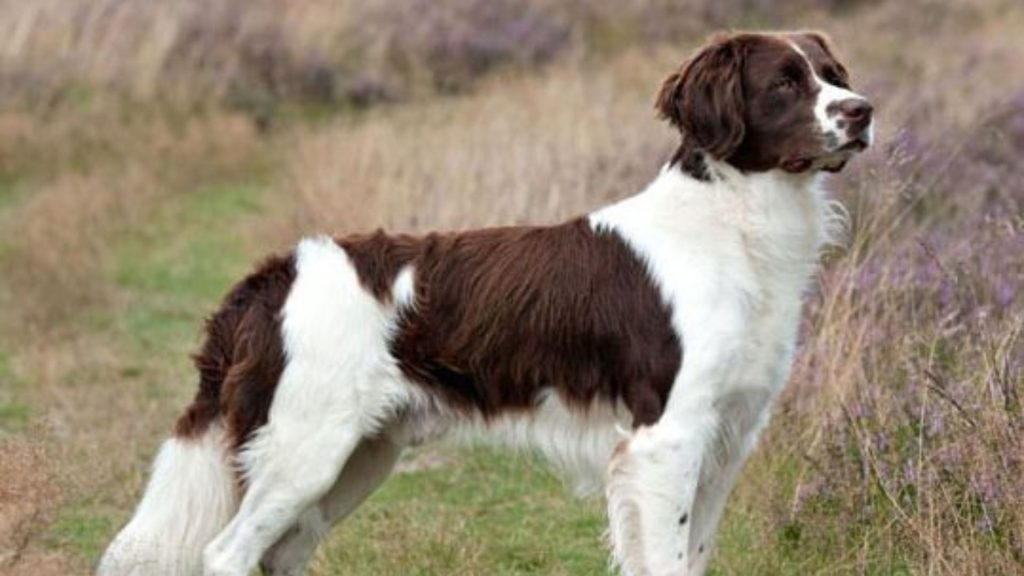
History and Origin
The Drentsche Patrijshond originated in the Drenthe province of the Netherlands in the 16th century. Breeders developed this breed as an all-purpose hunting dog, capable of pointing, retrieving, and tracking game. The Drent’s versatility made it highly valued by hunters and farmers alike. Its name, “Patrijshond,” translates to “partridge dog,” highlighting its primary use in hunting partridges and other small game.
The breed’s development remained relatively isolated due to the rural nature of the Drenthe region. This isolation helped preserve its unique characteristics and prevented excessive crossbreeding.The Dutch Kennel Club officially recognized the Drentsche Patrijshond in the 1940s, ensuring the breed’s preservation and promoting its popularity outside the Netherlands.
Temperament and Behavior
The Drentsche Patrijshond has a friendly, loyal, and intelligent temperament. These dogs are deeply affectionate with their families and are especially good with children, making them excellent family pets. Drents have a gentle and patient nature, which suits them well for homes with other pets.
Despite their hunting heritage, Drents can adapt to various living environments as long as they get enough exercise. They are eager to please and highly trainable, with a strong work ethic and a keen sense of smell. Drents are alert and make good watchdogs, though they are generally friendly and not aggressive.
Care and Training Needs
Caring for a Drentsche Patrijshond involves regular physical and mental stimulation. These active dogs require daily exercise, such as long walks, runs, and play sessions. Engaging them in activities like hunting, tracking, or agility training can help satisfy their need for mental challenges. Drents thrive on having a job to do and enjoy activities that engage their natural instincts.
Grooming the Drent is relatively straightforward. Their coat requires regular brushing, at least once a week, to prevent matting and remove loose hair. They are moderate shedders, so more frequent grooming may be necessary during shedding seasons. Routine care also includes regular ear checks and cleaning, nail trimming, and dental hygiene.
Training a Drentsche Patrijshond should start early, focusing on positive reinforcement methods. These dogs respond well to praise, treats, and play. Consistent, gentle training helps harness their intelligence and eagerness to learn. Early socialization is crucial to ensure they are well-adjusted and comfortable in various situations. Introducing them to different people, animals, and environments during puppyhood helps build their confidence and sociability.
In conclusion, the Drentsche Patrijshond is a versatile and loyal breed with a rich history and a loving temperament. With proper care, training, and socialization, they make excellent companions for families and individuals alike. Their intelligence, gentle nature, and strong work ethic continue to make them a beloved breed among dog enthusiasts worldwide.
Health and Care Tips for Dutch Dog Breeds
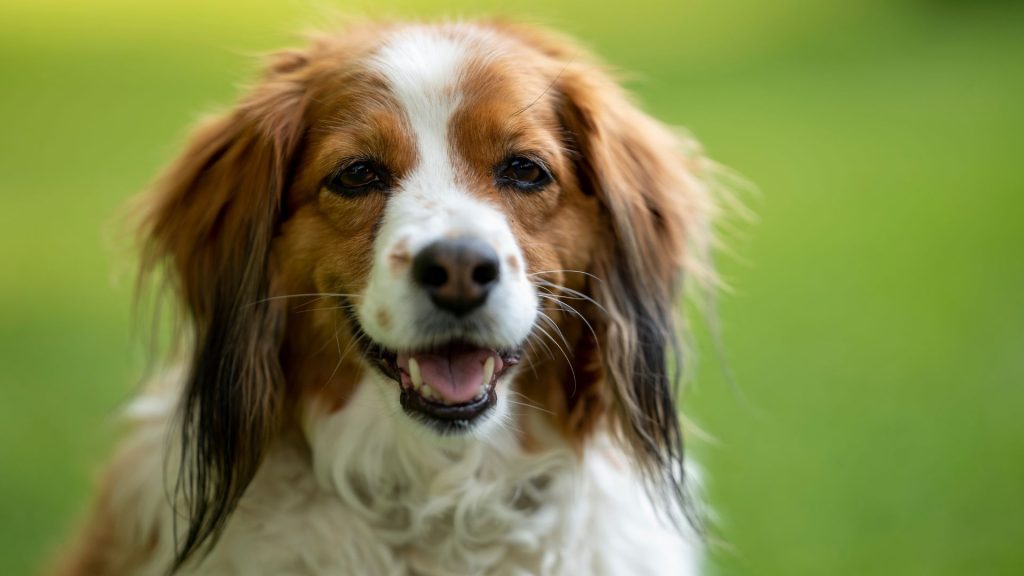
Common Health Issues
Dutch dog breeds are generally healthy, but they can be prone to certain genetic conditions. Common health issues include hip dysplasia, elbow dysplasia, and eye problems such as cataracts and progressive retinal atrophy. Regular veterinary check-ups are essential to catch and manage these conditions early.
Nutrition and Diet Recommendations
A balanced diet is crucial for maintaining the health of Dutch dog breeds. High-quality dog food that meets their specific age, size, and activity level requirements is recommended. It’s important to provide a diet rich in protein, healthy fats, vitamins, and minerals. Avoid overfeeding to prevent obesity, which can exacerbate joint issues.
Exercise and Activity Requirements
Dutch dog breeds are active and energetic. They require regular exercise to stay healthy and happy. Daily walks, play sessions, and mental stimulation through training and interactive toys are essential. Breeds like the Dutch Shepherd and Stabyhoun also benefit from activities like agility training, herding trials, and fetch games.
Grooming Tips
Grooming needs vary among Dutch dog breeds. Regular brushing is essential to keep their coats healthy and free of mats. Short-haired breeds require less frequent brushing, while long-haired and rough-coated breeds need more attention. Regular ear cleaning, nail trimming, and dental care are also important to prevent infections and maintain overall health.
In summary, proper care, including a balanced diet, regular exercise, and routine grooming, ensures the well-being of Dutch dog breeds. Regular veterinary visits and attention to specific breed needs help keep these dogs healthy and thriving.
Choosing the Right Dutch Dog Breed
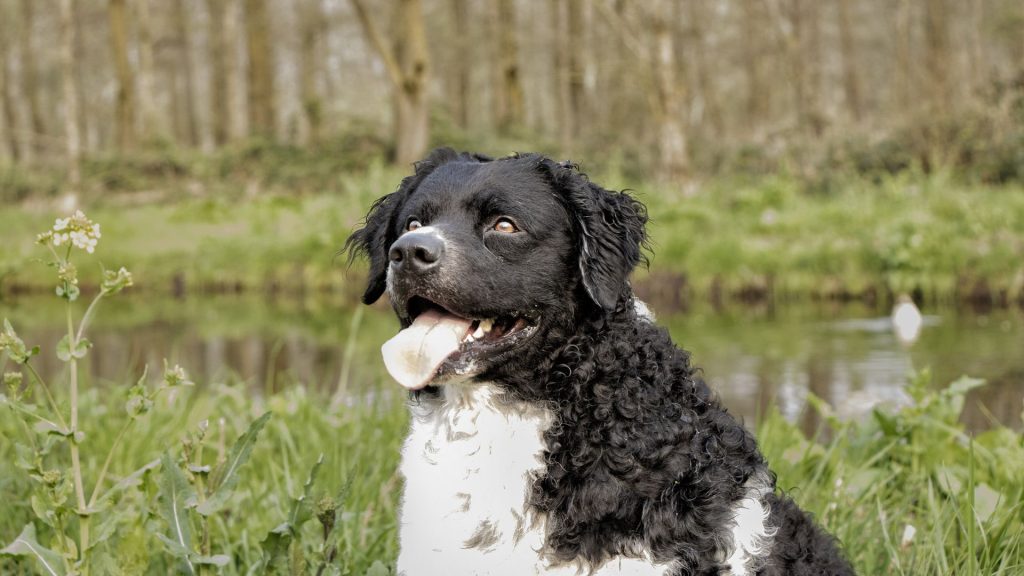
Factors to Consider
When choosing a Dutch dog breed, consider your lifestyle, family, and living environment. Active breeds like the Dutch Shepherd and Stabyhoun need ample exercise and mental stimulation, making them ideal for active individuals or families with a large yard. If you live in an apartment, a smaller, less active breed like the Kooikerhondje might be more suitable. Also, consider the age and temperament of your family members. Some breeds are better suited for families with children or other pets.
Tips for Selecting a Breed
Select a breed that matches your needs by assessing your daily routine and energy levels. Research each breed’s exercise requirements, grooming needs, and temperament. For example, if you enjoy outdoor activities, a breed with high energy levels like the Dutch Shepherd will be a good fit. Conversely, if you prefer a more relaxed lifestyle, a breed with lower energy levels might be better. Visit breeders or rescue organizations to meet the dogs and ask questions about their behavior and care needs.
Importance of Researching Breed Traits
Understanding breed traits is crucial for a successful match. Researching a breed’s history, typical behaviors, and potential health issues helps set realistic expectations. It ensures you are prepared for the responsibilities of dog ownership. Knowing the breed’s traits helps in providing proper care and creating a harmonious home environment. This research ultimately leads to a happier life for both you and your dog.
Conclusion
In this guide, we explored the unique characteristics, history, and care needs of popular Dutch dog breeds like the Kooikerhondje, Dutch Shepherd, Stabyhoun, and Drentsche Patrijshond. Each breed offers distinct traits and requires specific care, making them wonderful companions for the right owners.
We encourage you to delve deeper into these breeds to find the perfect match for your lifestyle and family. Understanding their needs and traits ensures a rewarding relationship. Start your journey with Dutch dog breeds today and discover a loyal and loving companion.

Hello, I’m Donna Carter, the founder and writer behind PetFleck.com. My journey with dogs started years ago, and it’s been a passion that has only grown stronger over time. I’ve always been fascinated by the unique behaviors and characteristics of different dog breeds, and this curiosity has led me to dive deep into the world of canine studies.
My love for dogs is the driving force behind everything I do. I’ve dedicated countless hours to researching and understanding the nuances of dog care, training, and breed-specific traits. This dedication helps me create content that is not only informative but also genuinely helpful for fellow dog lovers and owners.
At PetFleck, I combine my extensive knowledge and hands-on experience with my passion for dogs to provide valuable insights and tips. Whether it’s exploring different breeds or offering practical advice on dog care, I aim to share knowledge that makes a real difference in the lives of dogs and their families.
I’m thrilled to share my love for dogs with you through my writing. I hope my articles inspire and inform, helping you to better understand and appreciate the incredible bond we share with our furry friends.
Thank you for visiting PetFleck.com, and I look forward to connecting with you through our shared love of dogs!
